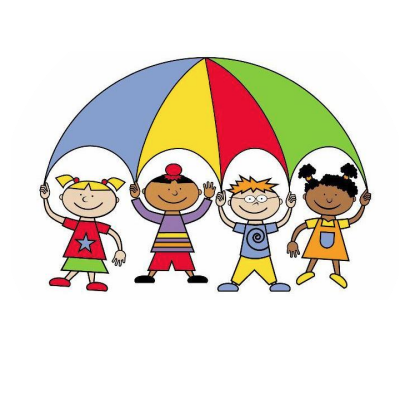Characteristics of Learning
The Characteristics of Effective Learning
When planning and guiding what children learn, staff at Whitecross reflect on the different rates at which children are developing and adjust their practice appropriately.
The three characteristics of effective teaching and learning are list below with information about each one:
The ways in which children engage with other people and their environment - playing and exploring, active learning, and creating and thinking critically - underpin learning and development across all areas and support the child to remain an effective and motivated learner.
1. Playing and Exploring - Engagement
Finding out and exploring
Playing with what they know
Being willing to 'have a go'
Realise that their actions have an effect on the world, so they want to keep repeating them.
Plan and think ahead about how they will explore or play with objects.
Guide their own thinking and actions by referring to visual aids or by talking to themselves while playing. For example, a child doing a jigsaw might whisper under their breath: “Where does that one go? – I need to find the big horse next.”
Make independent choices.
Bring their own interests and fascinations into early years settings. This helps them to develop their learning.
Respond to new experiences that you bring to their attention.
2. Active learning -motivation
Being involved and concentrating
Keep trying
Enjoying and achieving what they set out to do
Participate in routines, such as washing hands before snacks or meals.
Begin to predict sequences because they know routines. For example, they may anticipate lunch when they see the table being set, or get their coat when the door to the outdoor area opens.
Show goal-directed behaviour. For example, a child might turn a storage box upside down so they can stand on it and reach up for an object.
Begin to correct their mistakes for themselves. For example, instead of using increasing force to push a puzzle piece into the slot, they try another piece to see if it will fit.
Keep on trying when things are difficult.
3. Creating and thinking critically -thinking
Having their own ideas
Making links
Choosing ways to do things
Take part in familiar pretend play. For example, they might use an object like a brush to pretend to brush their hair, or ‘drink’ from a pretend cup. They can sort materials. For example, at tidy-up time, children know how to put different construction materials in separate baskets.
Review their progress as they try to achieve a goal. Check how well they are doing.
Solve real problems: for example, to share nine strawberries between three friends, they might put one in front of each, then a second, and finally a third. Finally, they might check at the end that everyone has the same number of strawberries.
Use pretend play to think beyond the ‘here and now’ and to understand another perspective. For example, a child role-playing the billy goats gruff might suggest that “Maybe the troll is lonely and hungry? That’s why he is fierce.”
Know more, so feel confident about coming up with their own ideas and make more links between those ideas.
Concentrate on achieving something that’s important to them. They are increasingly able to control their attention and ignore distractions.
